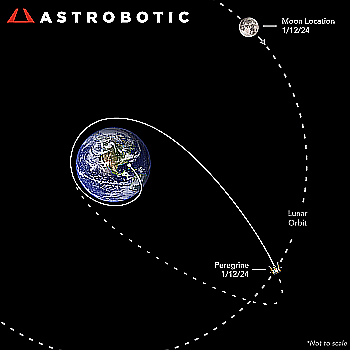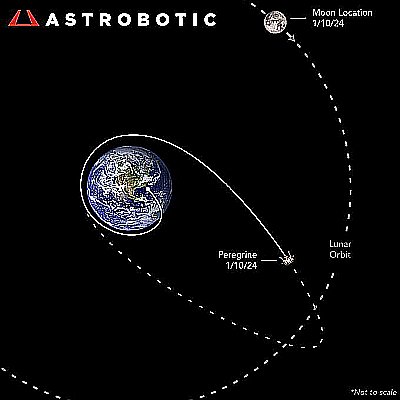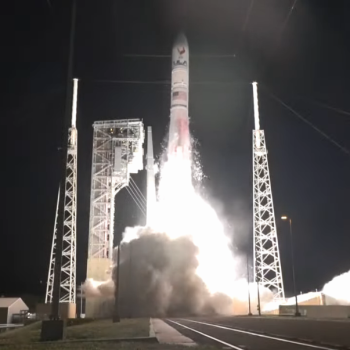
Proposed spaceports surrounding Norwegian Sea.
At a hearing this week before the Scottish Affairs Committee of the United Kingdom’s parliement, the heads of the two spaceports being built in Scotland demanded that a single senior minister be assigned to handle all regulation for space launches, because the present system involves too many different agencies from too many different UK governments.
The result has been endless delays, and no launches.
“For me, there’s almost too many cooks involved,” [according to Scott Hammond, deputy CEO of SaxaVord Spaceport.] “I think what we need to look at is having a senior politician directly responsible for space and space launch and I would suggest that at cabinet level.” Despite the UK Government space portfolio, he said it is still “difficult to know who’s actually running launch in the UK”.
He gave the example of seeking permissions from Scottish Government’s marine directorate, something he said was taking six months rather than 14 weeks as promised.
The CEO of the company Orbex, which has a fifty-year lease to launch from the other spaceport in Sutherland, admitted that the spaceport “had appeared to be in a ‘better place’ in 2018 but acknowledged circumstances had changed since then.” In other words, regulation was now threatening the company’s operations at Sutherland, and it is beginning to look elsewhere for future launches.
Saxavord had hoped to do its first launch this year, but now is looking to the summer, all because of the long delays experienced in getting government approvals.
The map shows other space ports being developed in Europe. These, as well as new spaceports elsewhere, might end up getting all of this UK business because of the continuing red tape issues in Great Britain.





